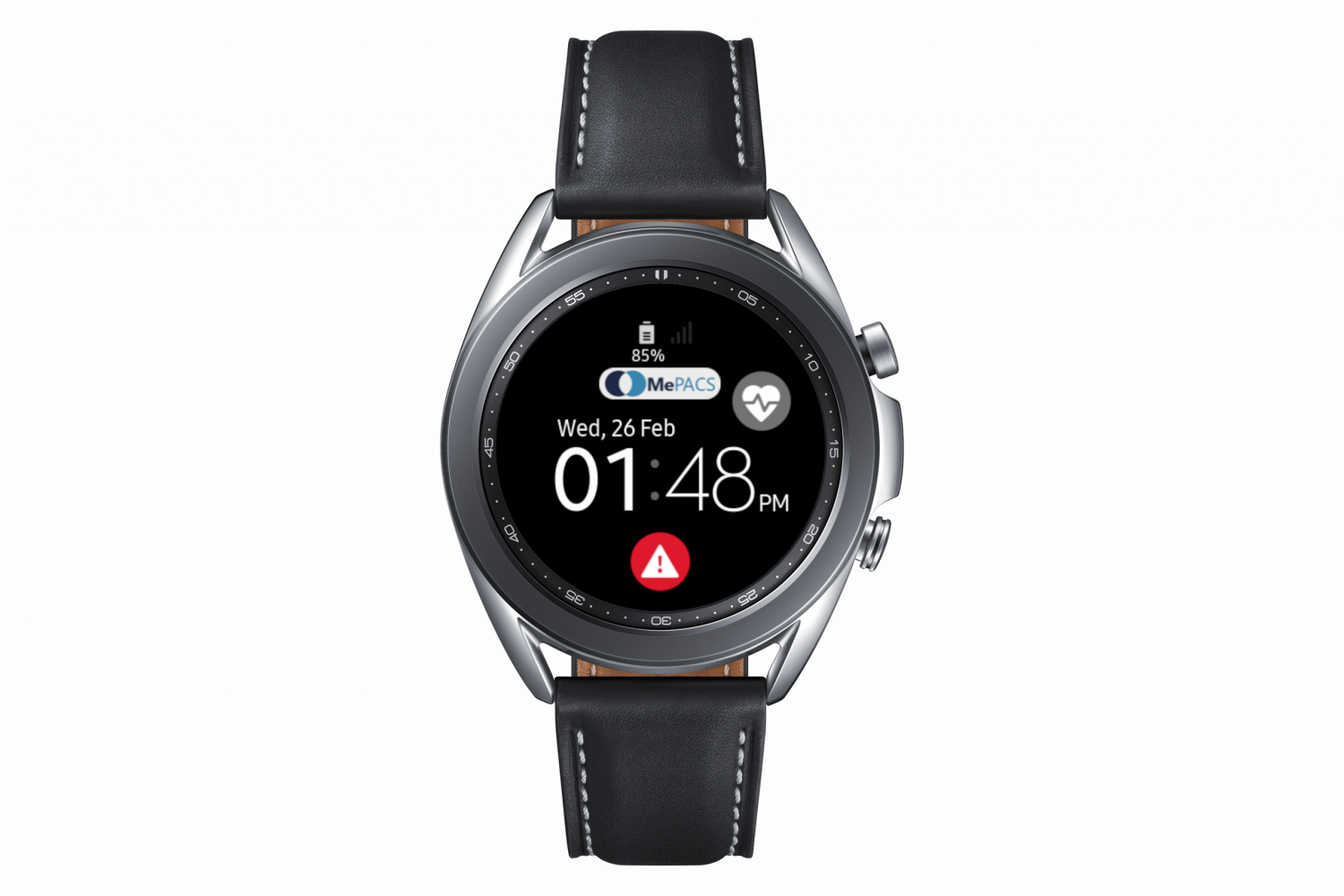Falls are the main cause of accidental injury and hospitalisation among senior Australians. In fact, one in three people experience a fall each year, and about half of them cannot get up without help.
A medical alert watch is a wearable device that you can use to send a signal for help if you experience a fall, or another medical emergency. The medical alert watch is best suited for active and independent people who are comfortable with a touchscreen interface and can operate a smartwatch.
How does falls detection work?
A falls detector is designed to automatically detect when you experience a fall or a sudden impact. Using various sensors, such as accelerometers and gyroscopes, the watch can monitor your movements and changes in acceleration to determine if you have fallen to the ground.
There are quite a few fall detection devices in the market, including medical alert watches, smartwatches, personal alarms and fall detection pendants. Each of these differ in the ease of use and additional functions.
Not all medical alert watches and personal alarms have a falls detector. The MePACS Solo watch does have a built-in falls detector, and when a fall is detected, the watch will display a brief notification to ask if you are okay. If you happen to lose consciousness or if you can’t respond, the watch will automatically send an alert to the MePACS response centre so that we can get you the help you need.
It’s important to note that falls detection features may have varying levels of accuracy and may not detect all falls or movements accurately. Some falls may not be detected, like a slow slump or roll to the ground, if you brace yourself, or if the fall that is broken by an object (like a chair).
If you experience a fall please press the “Alert” icon immediately, so that we can get you the help you need quickly.
What is the MePACS Solo Watch with falls detection?

The watch has many useful features, like GPS location, Falls Detection and 2-way voice communication, and it can monitor your heart rate and track your steps. It is also completely waterproof so you can even wear it in the shower, bath or swimming pool.
The watch is connected to the 4G mobile network, which means it works anywhere in Australia where there’s good mobile coverage.
Learn more about the MePACS Solo Watch →
How does the Solo watch work?

Because the Solo watch only connects to the MePACS emergency response centre, all you have to do to raise an alert is tap the “Alert” icon the watch face. You can also raise an alert by pressing the button located on the lower right-hand side of the watch.
Once an alert is raised, a trained monitor will respond within 2 minutes, and talk to you through the watch. The monitor will assess the situation and take the most appropriate help, either calling one of your close contacts to help, or getting an ambulance for you if needed.
If an ambulance is required, the monitor will provide them with the details of the emergency, as well as any relevant medical information on your file, such as medication you’re on, allergies and previous incidents. This will help the ambulance service to priotitise the call and tailor their response.
Who is the Solo medical alert watch for?
A medical alert watch can benefit a variety of people, including:
- Seniors who are active and independent
- People living with disabilities
- People with chronic health conditions
- People who are prone to falls
- People with compromised immune systems
- People with severe allergic reactions
- People with heart problems
Medical alert watches can also provide an added layer of safety for people who are recovering from surgery, rehabbing, or after a hospital stay. The risk of a medical emergency can also increase for people who are prone to falls or have an ongoing injury or compromised immune system.
What are some of the risk factors for falls?
As we age we may begin to experience reduced coordination, strength, balance, joint flexibility, respiratory function and increased blood pressure. This naturally occurs for people over the age of 65.
In particular, coordination, strength, balance and flexibility significantly contribute to an increased risk of falls and can be influenced by other health factors, such as:
- Extended period of medical illness or bed rest
- Low muscle tone and strength
- Visual impairment
- Poor balance
- Problems with walking patterns (gait)
- Health conditions, such as stroke and Parkinson’s disease
- Musculoskeletal conditions, such as osteoarthritis
- Medication, including how many and types of medication taken
- Foot problems and footwear
Who is at most risk for falls?
Seniors and people living with disabilities can be more prone to falls due to existing health conditions that impact their mobility and balance. Although most people are often safer at home than outside, falls can happen anywhere, especially in wet slippery areas such as a shower or bath.
A good preventative measure would be to get an assessment by an Occupational Therapist, who can inspect each room for obstacles and potential hazards
You can read more about effective methods and tips to prevent falls at home in this article.
Monitored or un-monitored (auto-dial) watch?
When it comes to a medical alert watch, the main difference between a monitored and auto-dial watch is who responds to the alert in an emergency.
A monitored watch is connected to a professional emergency response centre which operates 24/7, so you can have peach of mind knowing that help is always available, even you are unconscious after a fall.
An Auto-dial alarm have different notification methods, such as automatic alerts via SMS or a phone calls to a list of pre-programmed contacts. The response time and the level of support provided by an auto-dial watch may not ensure timely assistance during emergencies. That’s one of the reasons they are not recommended by Choice magazine.
Read more about monitored vs. auto-dial alarms →
